EvCC Ceramics Program Granted In-Person Learning for Spring 2021
It’s been over a year since wheels stopped turning, but the ceramics studio is back in action thanks to some dedicated staff.
Fewer students, masks required, plexiglass partitions and hand sanitizer on each table are just a few of the COVID-19 safety protocols in place. Sam Weiland (center), “I feel safe with everything that’s in place and like the small class size.”
On March 5, 2020 EvCC’s ceramics studio went from organized chaos to utter silence. No longer could you hear the purring of the potter’s wheel, the slab roller squeaking or the uproarious banging the whisks made while mixing up buckets of glaze.
Winter 2020 quarter was nearing finals week. Students in the advanced ceramics program were in the midst of working on their final projects and the last stages of preparation for the annual Student Art Sale.
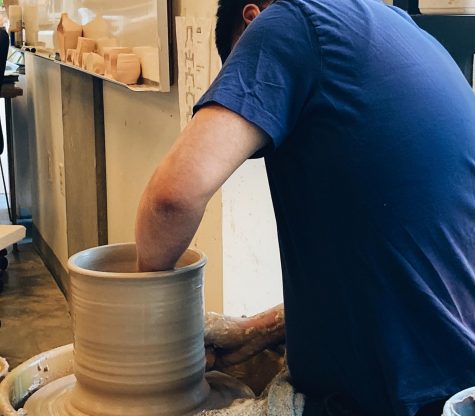
When word from the EvCC administration spread that all campus locations were closing due to the COVID-19 outbreak, it was a mad dash to get things buttoned up as quickly and efficiently as possible. “I just remember that it was all very sudden and that we had to work fast to shut down,” says Thom Lee, ceramics instructor and Art Department faculty member.
The campus closure announcement caused a chain reaction. Jessica Mudd, ceramics work-study and studio tech, saw an immediate priority shift. She had to cancel the annual Student Art Sale, which impacted several students. “Many students were disappointed that we had to cancel the sale, because they use those funds to pay for student expenses or other personal needs,” she says.
Next, Mudd and other studio staff also had to make the tough call to recycle abandoned projects that were in various stages of construction. Projects near completion were quickly bisque fired and placed on a shelf. Many still collect dust, waiting for prior students to complete the process with a final coat of glaze.
Once campus cleared, classes transitioned to the online learning portal Canvas to finish Winter quarter.
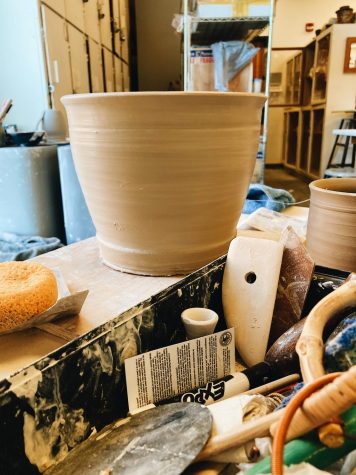
That process was simpler for hybrid art classes than for ceramics, a class that only met on campus due to the nature of the art. The program was closed until students were able to attend in-person instruction.
“Ceramics is an unusual class because it requires proximity to learn physical techniques and evaluate the work. Zoom and other platforms are entirely audio-visual and can’t communicate the tactile aspects of ceramic such as weight, balance and various craft issues,” says Lee.
Lee says that while the Art Department has adapted, resilience has carried them through the pandemic. “The general feeling, though, is that coming back to campus would offer students a better experience,” he says.
As the studio sat silent and weeks stretched into months, Lee went to work drafting a proposal with Lynn Deeken, Dean of Arts and Learning Resources. They hoped the proposed changes could allow for in-person instruction.
The proposal, safety checks and approval process took a year to produce results. With extensive safety protocols established and an enrollment cap of 15 students, the ceramics program was given the green light.
Cheyenne Hendrickson, Ceramics I student, was elated to score one of the few coveted spots available. “I’m just here to enjoy and become fully immersed in the process.”
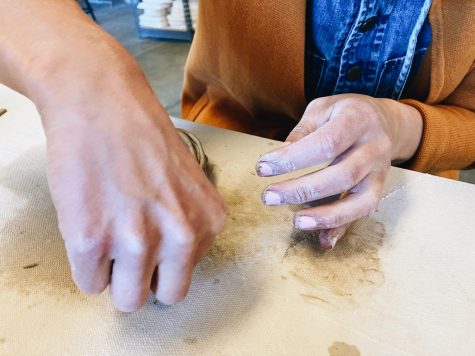
The studio was up and running for Spring 2021. The caveat: only Ceramics I, Beginning Ceramics, and Ceramics III, Advanced Ceramics, are currently available.
Ceramics II, Intermediate Ceramics, where students learn the skill of throwing on the potter’s wheel is presently unavailable. “Learning to use the wheel is a very tactile activity and requires direct assistance and observation by the instructor,” Lee says. Due to social distancing requirements, teaching students how to use the potter’s wheel is currently unattainable.
After lying dormant for nearly a year, the ceramics studio has slowly begun to awaken. The familiar sounds are a bit softer due to limited capacity, but the wheels are purring again, a sound that brings comfort to many.
“I feel very honored and privileged to be teaching back on campus. I feel good that we are able to offer these learning experiences to students. In addition to the academic and creative opportunities, on-campus classes provide a sense of community that I feel is an important thing we provide at the college,” says Lee.
If you’re a ceramics student from 2020 Winter quarter, contact Studio Tech, Jim Snitily: [email protected] to retrieve or glaze your projects.
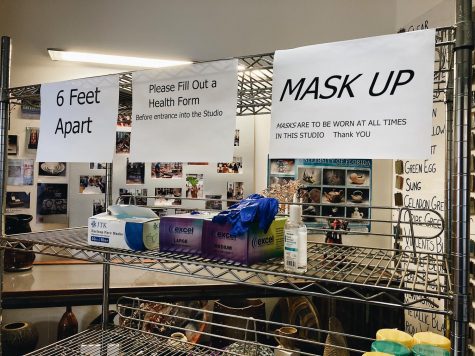

What interests you about journalism?
Truth and the art of storytelling. Words carry an incredible amount of power and harnessing them in a way that...

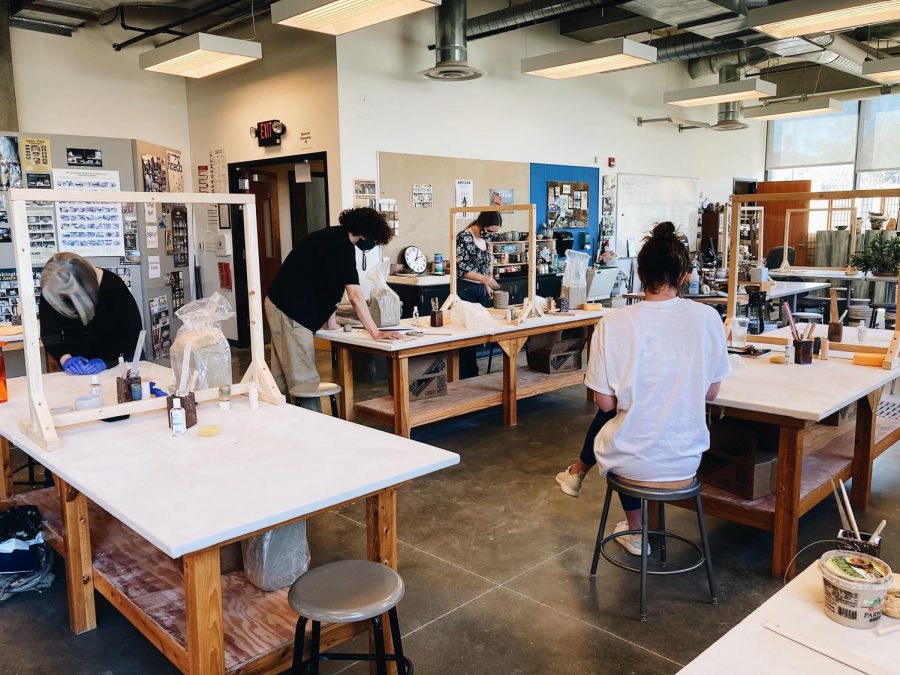
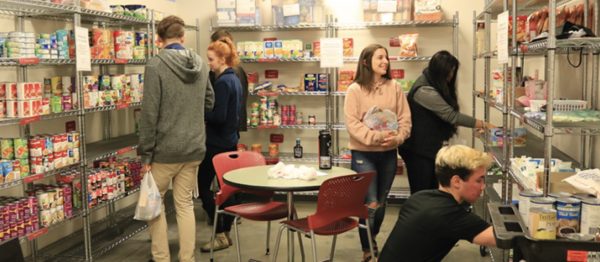
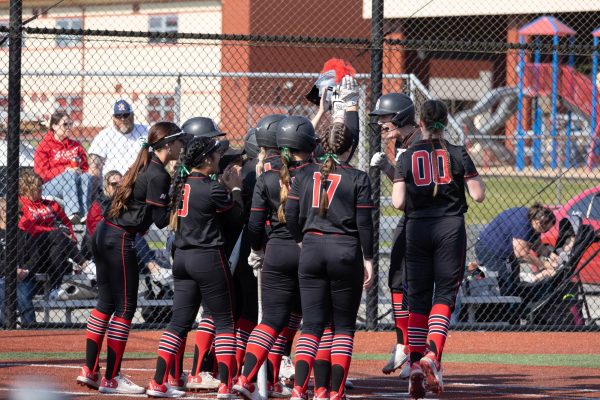
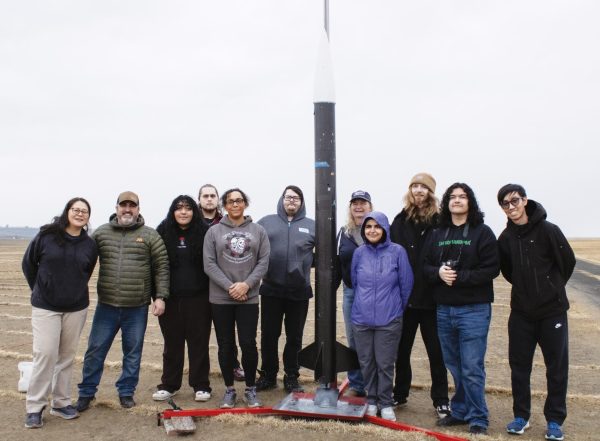
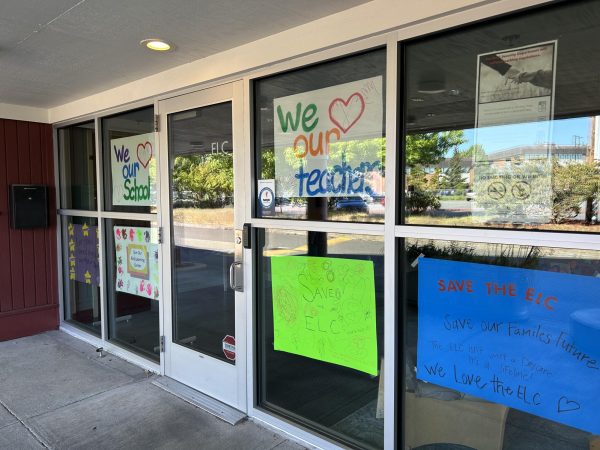


Marianne North • May 8, 2021 at 12:06 pm
Great Article! It is so interesting to see how the Ceramics Department faculty and staff problem solved to get some of the classes back to in-person learning. They illustrate that “Can Do” spirit! Thank you for sharing this with us.
Mikayla • May 2, 2021 at 9:34 am
I loved this article. The word choice and the visual aspects made me feel the importance and emotion of the subject. Very nicely done!